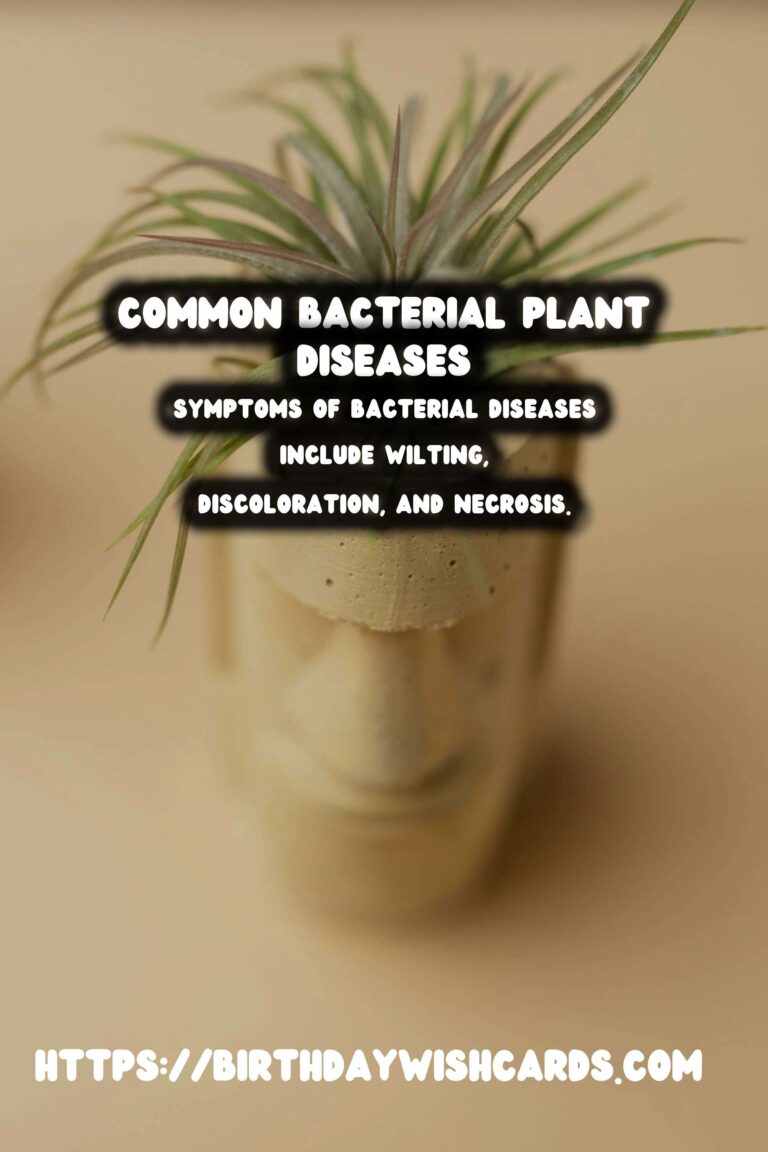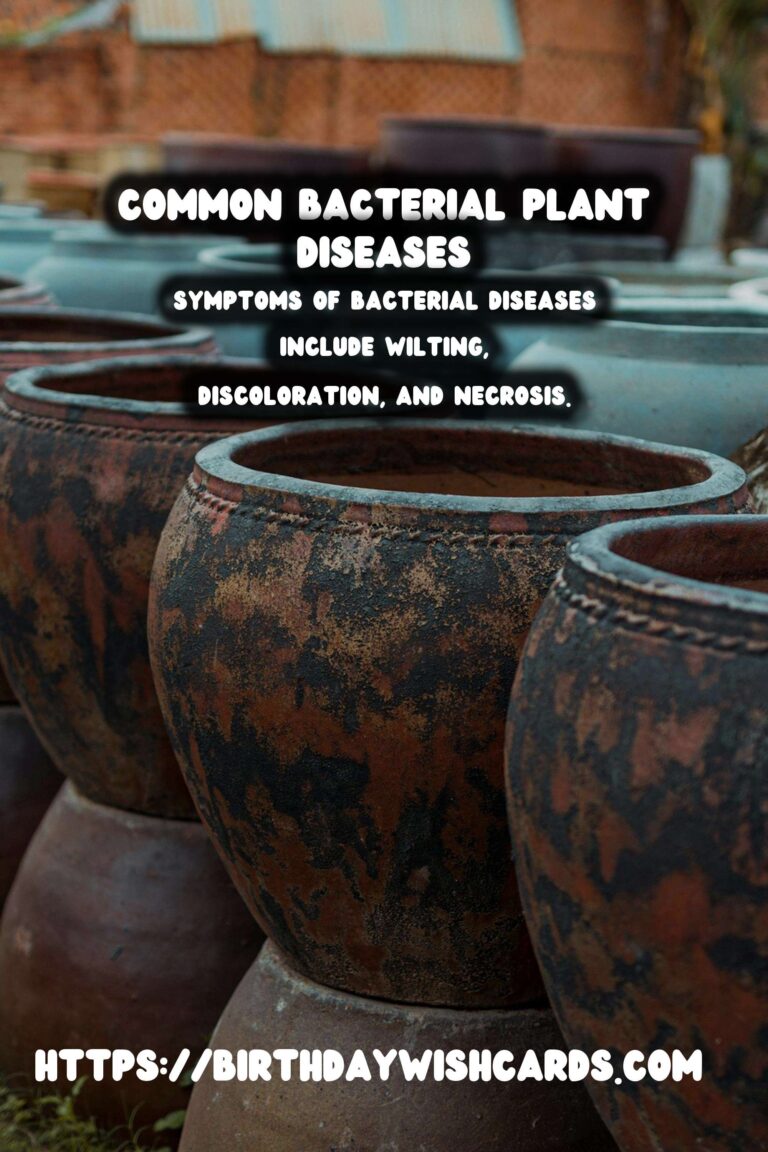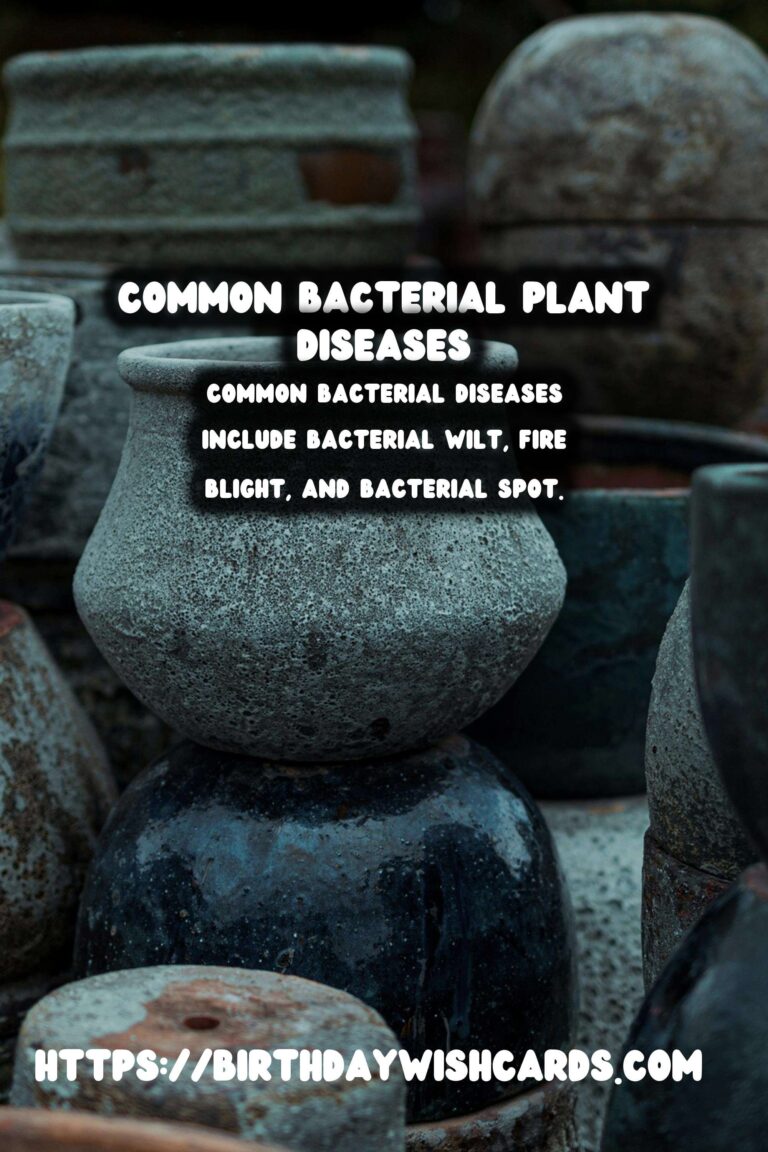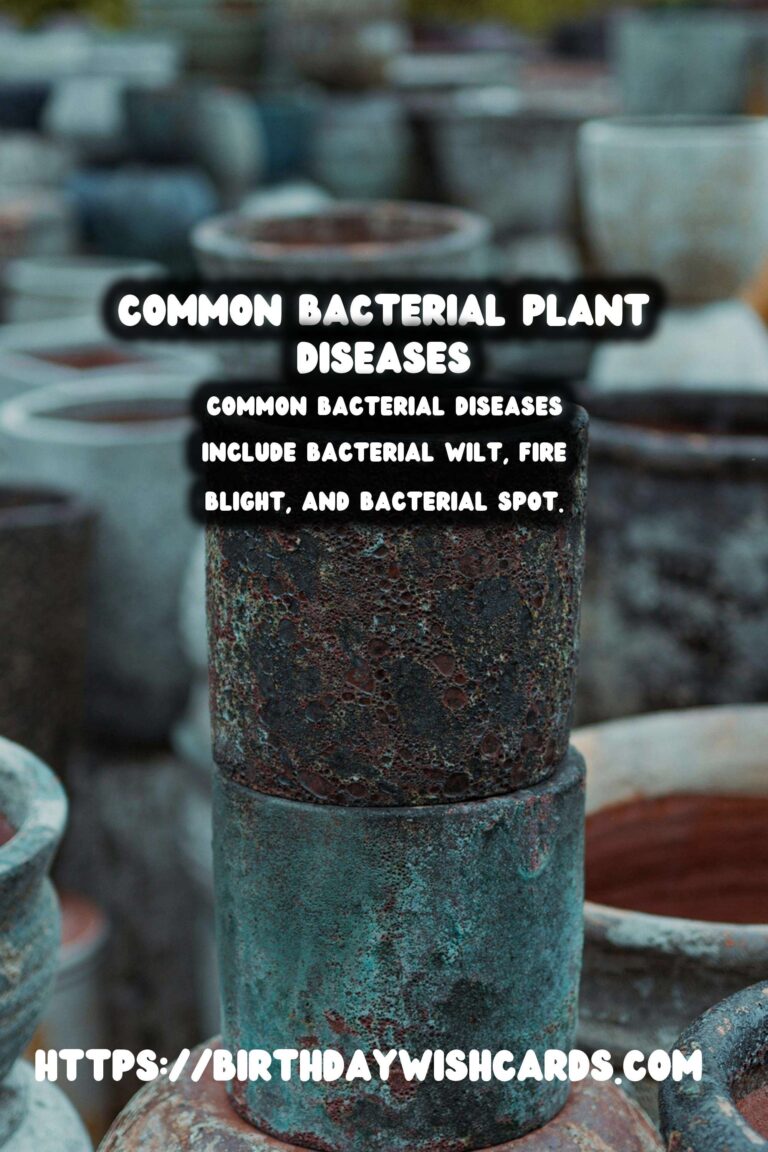
Plants, much like any other living organism, are susceptible to a variety of diseases. Among these, bacterial diseases pose a significant threat to plant health and can lead to substantial agricultural losses. Understanding these bacterial issues, their causes, symptoms, and management strategies is crucial for gardeners and farmers alike.
What Are Bacterial Plant Diseases?
Bacterial plant diseases are infections caused by pathogenic bacteria that invade plant tissues, disrupting their normal functions. These microorganisms can infect any part of the plant, including leaves, stems, roots, and fruits. Bacterial diseases often spread rapidly under favorable conditions, such as warm, humid climates.
Common Types of Bacterial Plant Diseases
There are several common bacterial diseases that affect plants. Some of the most prevalent include:
Bacterial Wilt
Bacterial wilt is caused by the bacterium Ralstonia solanacearum. It affects a wide range of plants, including tomatoes, potatoes, and bananas. Symptoms include wilting of leaves, stunted growth, and eventual plant death.
Fire Blight
Fire blight, caused by Erwinia amylovora, is a devastating disease that affects apple and pear trees. It causes flowers, shoots, and branches to turn black and die, giving a scorched appearance.
Bacterial Spot
Bacterial spot is caused by Xanthomonas campestris and affects a variety of vegetables, including peppers and tomatoes. It leads to small, water-soaked spots on leaves, which eventually turn brown and necrotic.
Symptoms of Bacterial Plant Diseases
Identifying bacterial diseases early is key to managing them effectively. Common symptoms include:
- Wilting of leaves and stems
- Discoloration and necrosis of plant tissues
- Lesions or spots on leaves and fruits
- Oozing of bacterial slime from infected tissues
Causes and Transmission
Bacterial diseases are often spread through water, soil, and contaminated tools. They can also be transmitted by insects that feed on infected plants. Environmental conditions, such as high humidity and warm temperatures, can exacerbate the spread of bacterial infections.
Management and Control
Managing bacterial plant diseases requires an integrated approach:
Cultural Practices
Implementing good cultural practices can help prevent bacterial infections. These include crop rotation, proper spacing for air circulation, and sanitation of tools and equipment.
Resistant Varieties
Planting disease-resistant varieties is an effective way to reduce the impact of bacterial diseases. Research and choose varieties that have been bred for resistance to specific pathogens.
Chemical Controls
In some cases, chemical controls such as bactericides can be used to manage bacterial diseases. However, these should be used judiciously and as part of an integrated pest management strategy.
Conclusion
Understanding and managing bacterial plant diseases is essential for maintaining healthy plants and ensuring agricultural productivity. By recognizing symptoms early and implementing effective control measures, the impact of these diseases can be minimized.
Plants are susceptible to a variety of diseases, including bacterial ones. Bacterial diseases can infect any part of the plant and spread rapidly under favorable conditions. Common bacterial diseases include bacterial wilt, fire blight, and bacterial spot. Symptoms of bacterial diseases include wilting, discoloration, and necrosis. Managing bacterial diseases requires cultural practices, resistant varieties, and chemical controls. 









#PlantDiseases #BacterialIssues #Gardening #Agriculture




